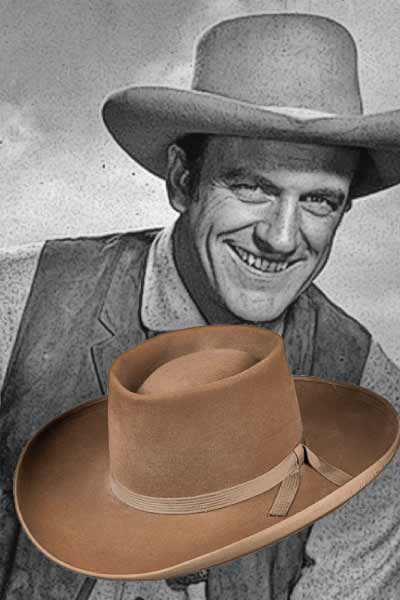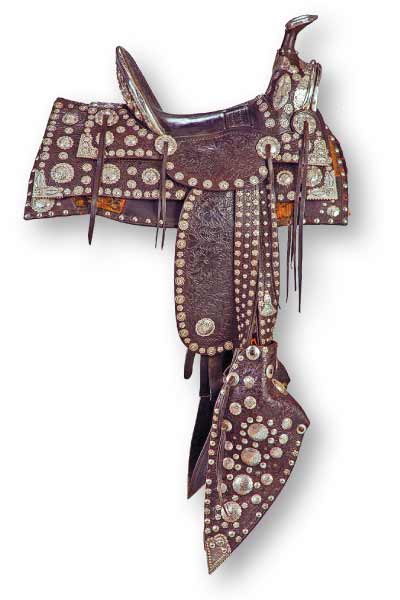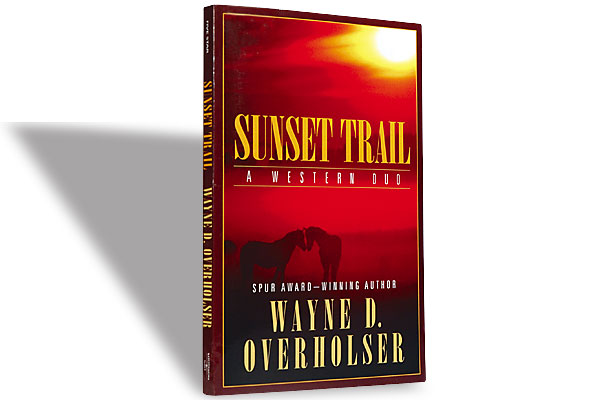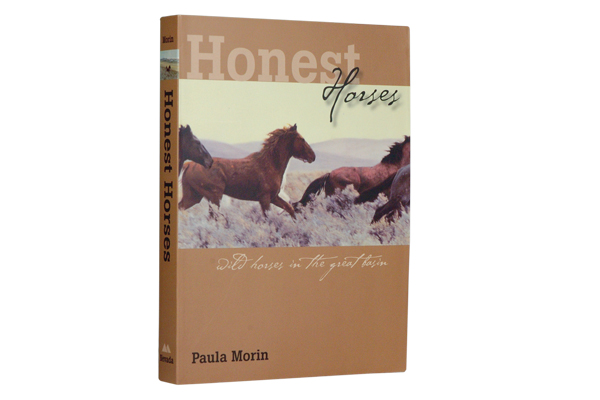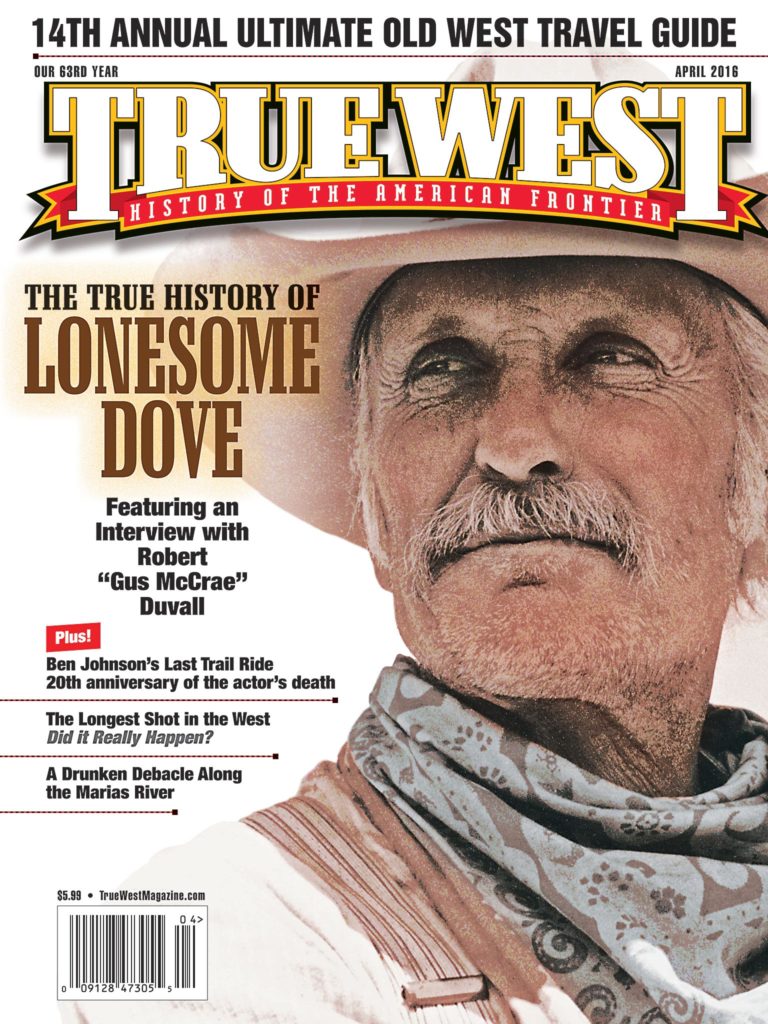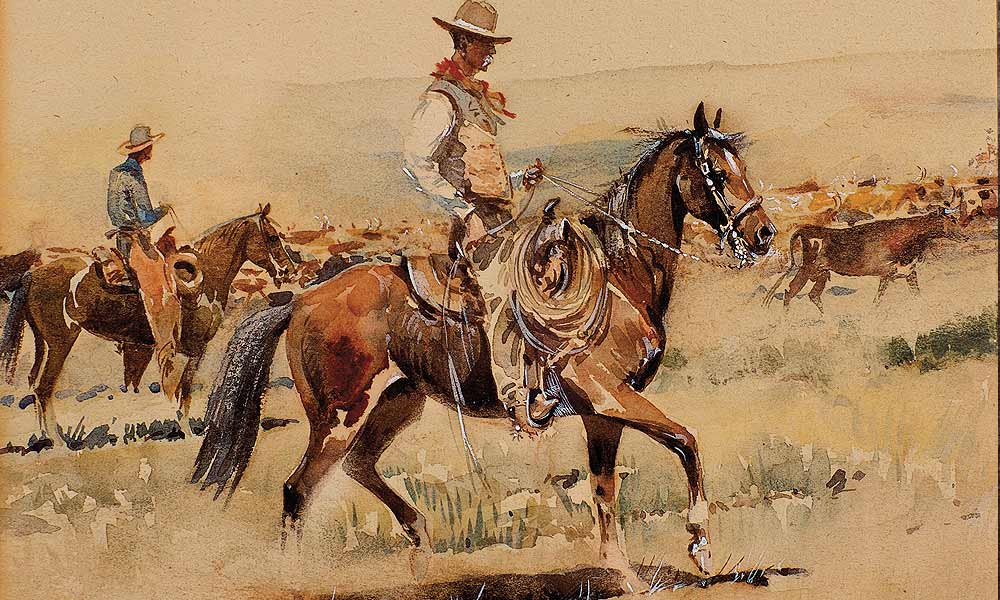
When Edward Borein died in 1945, he left on his easel an unfinished oil depicting cattle at a watering hole, with a group of mounted cowboys yet to be painted in.
Born in 1872, Borein was a true cowpuncher artist. Starting at age 18, he rode the range through California and Mexico, sketching from his saddle whenever he could during the day and refining his drawings in the evening.
The horsemen made it into Borein’s Trail Drive, which hammered in for $45,000 at Brian Lebel’s High Noon. Borein was far more prolific in his etchings—he produced more than 300—but this rendering is a watercolor. Collectors have been paying attention to Borein’s watercolors. Brian Lebel has led the pack in the highest price paid for a Borein watercolor. Five years ago, he sold California Vaquero at his Old West auction for $120,000. That same year, the Coeur d’Alene Art Auction sold Rounding Up a Stray for $112,000. Measuring at 8.5 inches by 9.50 inches, the Trail Drive painting is the smallest work to sell so high. In comparison, California Vaquero measures at 14.60 inches by 19.60, while Rounding Up a Stray sizes up at 14 inches by 17 inches.
Always the cowboy, Borein so loved life on the trail that, in the spring of 1929, he convinced some buddies to gather for a few days of riding in the Santa Ynez Valley. Horse lovers continue this tradition in the prestigious riding group Rancheros Visitadores (Visiting Ranchers), whose riders have included Walt Disney, Clark Gable and Ronald Reagan.
The Santa Barbara News Press eulogized Borein as the “last artist of the longhorn era.” The paper reported: “With etching tool and brush, with acid and paint, Ed Borein ‘wrote’ the history of America’s West, of a way of living and—all important—of a way of thinking, that will be part of America’s strength long after the details of the West are forgotten….”
High Noon in Mesa, Arizona, is known for its cowboy memorabilia, and the January 23, 2016, auction did not disappoint. Collectors were privy to collectibles owned by cowboy actors to little-known cowboys. No matter which trail these men found themselves on, they likely agreed with John Lubbock, who, in 1894, wrote, “There is nothing so good for the inside of a man as the outside of a horse.”
